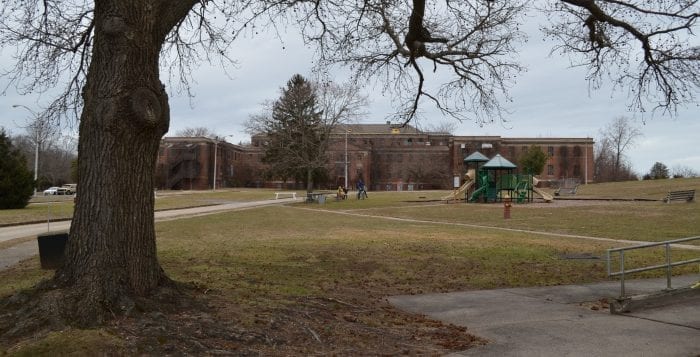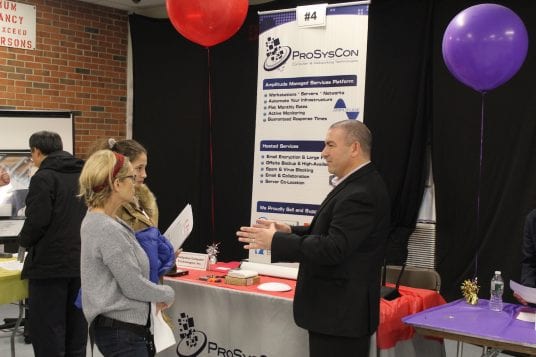Suffolk County is looking to tackle a pressing environmental issue on Long Island with the creation of a Regional Recycling Assessment Task Force.
The legislation, sponsored by Legislator Kara Hahn (D-Setauket), was passed at the end of 2019. The task force going into 2020 will lok to address the recycling burden found throughout the county.
Hahn said towns and villages throughout the county are struggling to handle the increased recycling burden.
“Recycling and waste management is a global problem not just a regional one,” she said.
Since China’s 2018 decision to ban the import of most plastics and other materials used by its recycling processors, a number of municipalities have altered programs and in cases have reduced or eliminated recycling.
Hahn said currently recycling in Suffolk County is handled through a patchwork of programs.
“We need to come together to help each other, and come up with ideas and encourage other solutions,” the legislator said.
In Brookhaven as a result of the market crash and the town’s recycling contractor, Green Stream Recycling voiding its contract, the town has switched from single-stream to dual-stream recycling and has asked residents to drop glass off at 21 points in the town instead of picking it up at curbside.
Ed Romaine (R), Brookhaven town supervisor, said he applauds Hahn’s and others efforts to solve the current recycling issue.
“It is a very good idea, we have to do something to solve the solid waste crisis in the near future,” he said.
Romaine said with current plans to close the landfill in 2024, and there being no market to send glass, only compounds the issue the town and municipalities face.
“I wish the DEC would be more involved but I’m glad someone is looking into realistic solutions to this problem. We look forward to participating [in the task force],” the supervisor said.
Similarly Smithtown was also affected by the departure of Green Stream Recycling, as it had a recycling contract with Brookhaven. Smithtown had an agreement to sell all its recyclables through Green Stream for a $180,000 annual profit. In January 2019, Smithtown residents were told to separate their recyclables when the town switched back to dual-stream recycling.
Hahn, the chairwoman of the Legislature’s Environment, Planning & Agriculture Committee, plans to put together a 17-member advisory group made up of municipal recycling professionals, county agencies and environmental advocates. Members have not been officially announced and meetings are scheduled to begin sometime later this year.
The task force’s aim would be to review existing recycling programs, develop strategies for increasing the efficiency of recycling regionally, and to develop mechanisms to encourage the streamlining of the local recycling process.
Hahn stressed the continuation of educating the public on the benefits of recycling and reducing plastic waste in their everyday lives.
The 5-cent minimum fee for plastic bags in stores, which took effect in January 2018, has been successful — with reports showing a 70 to 80 percent reduction in the use of the bags. Hahn also sponsored a bill that would create a plastic straw ban in restaurants that took effect last month. In addition, the Styrofoam bill bars businesses from using items such as cups, trays and containers that are made from polystyrene, as well as ban retail stores from selling those products. It will require businesses in the county to use biodegradable products.
“They go hand in hand — the success has been apparent in reducing plastic waste in the county,” she said. “I’m hoping we can work with Brookhaven and other municipalities in finding a way to properly handle this and do the right thing for residents.”

















